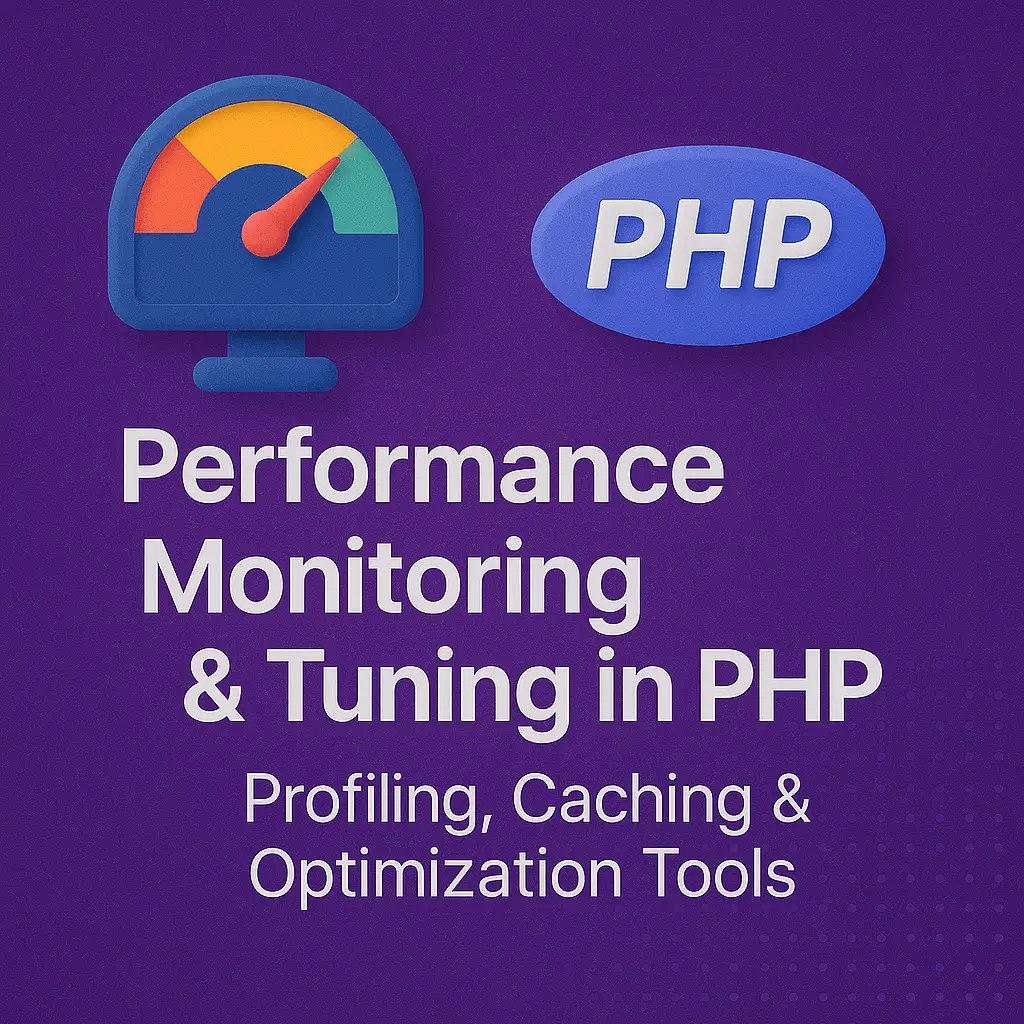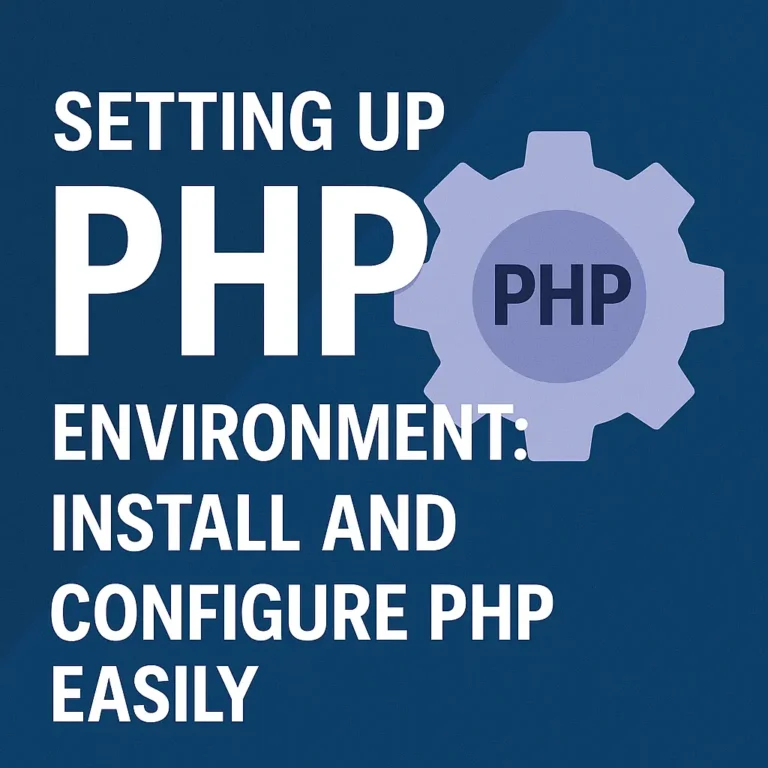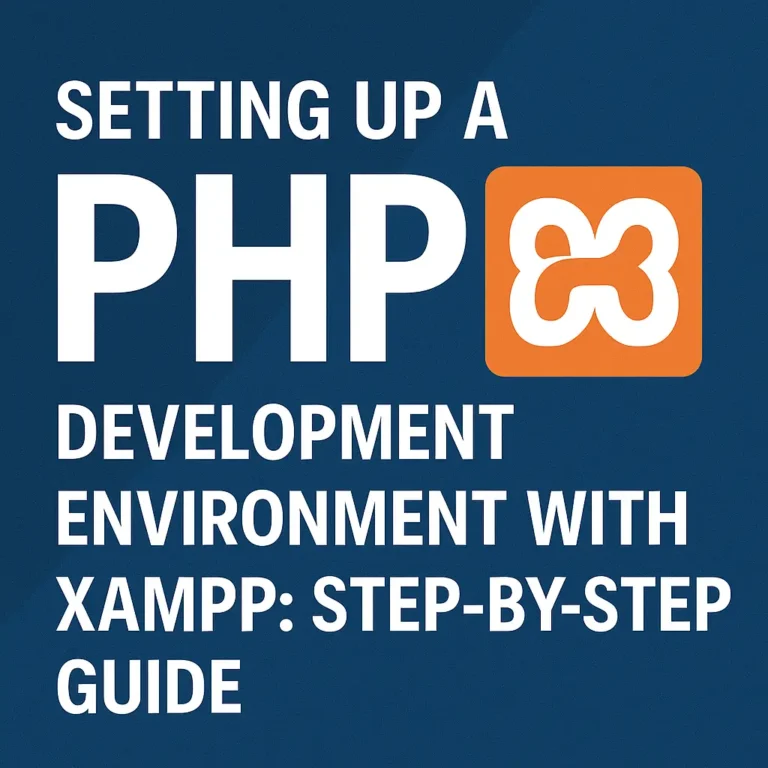In this article, we’ll explore the art of performance monitoring and tuning in PHP, delving into techniques to monitor PHP applications effectively and optimize their performance for maximum efficiency.
Monitoring PHP Applications
Before delving into performance tuning, it’s essential to establish robust monitoring mechanisms to gain insights into the behavior and performance of PHP applications. Monitoring allows developers to identify bottlenecks, diagnose issues, and make informed decisions to improve performance. Let’s explore some common techniques for monitoring PHP applications:
Logging:
Logging is a fundamental tool for monitoring PHP applications. Use logging frameworks like Monolog or built-in functions like error_log() to record important events, errors, and performance metrics. Log entries can be stored in files, databases, or centralized logging platforms for analysis.
// Using Monolog for logging
use Monolog\Logger;
use Monolog\Handler\StreamHandler;
$log = new Logger('name');
$log->pushHandler(new StreamHandler('path/to/log/file.log', Logger::INFO));
$log->info('This is an informational message');
$log->error('This is an error message');
Profiling:
Profiling tools like Xdebug or Blackfire enable developers to analyze the performance of PHP code in detail. Profilers collect data on function execution times, memory usage, and database queries, helping identify performance bottlenecks and areas for optimization.
// Using Xdebug for profiling
xdebug_start_profiling();
// Code to profile goes here
xdebug_stop_profiling();
Application Performance Monitoring (APM) Tools:
APM tools like New Relic, Datadog, or Dynatrace offer comprehensive monitoring solutions for PHP applications. These tools provide real-time insights into application performance, including response times, error rates, and transaction traces, empowering developers to identify and resolve performance issues proactively.
// Example New Relic integration in PHP
newrelic_set_appname("My PHP Application");
Custom Metrics:
In addition to built-in monitoring tools, consider implementing custom metrics to track application-specific performance indicators. These metrics can include response times, throughput, cache hit rates, and database query performance.
// Example custom metric tracking
$start = microtime(true);
// Code to measure goes here
$end = microtime(true);
$executionTime = $end - $start;
Tuning PHP Performance
Once you have established effective monitoring mechanisms, it’s time to optimize the performance of your PHP applications. Performance tuning involves identifying and addressing bottlenecks, reducing latency, and improving resource utilization. Here are some strategies for tuning PHP performance:
Code Optimization:
Optimize PHP code for performance by minimizing loops, reducing function calls, and optimizing algorithms. Use built-in functions and language features efficiently to avoid unnecessary overhead.
// Example of optimized code
$sum = array_sum($array);
Caching:
Implement caching mechanisms to store frequently accessed data and reduce the need for expensive computations or database queries. Use caching solutions like Memcached or Redis to cache data at various levels, including opcode caching, data caching, and full-page caching.
// Example of data caching with Memcached
$memcached = new Memcached();
$memcached->addServer('localhost', 11211);
if (!$data = $memcached->get('cached_data')) {
// Fetch data from the database
$data = fetchDataFromDatabase();
$memcached->set('cached_data', $data, 3600); // Cache data for 1 hour
}
echo $data;
Database Optimization:
Optimize database queries and schema design to minimize response times and reduce database load. Use indexes, query optimization techniques, and database profiling tools to identify and address performance bottlenecks.
// Example of optimized database query
$stmt = $pdo->prepare('SELECT * FROM users WHERE id = ?');
$stmt->execute([$userId]);
$user = $stmt->fetch();
Concurrency and Parallelism:
Leverage concurrency and parallelism to maximize resource utilization and improve application responsiveness. Use techniques like asynchronous processing, parallel processing, and worker pools to handle concurrent requests efficiently.
// Example of asynchronous processing with ReactPHP
$loop = React\EventLoop\Factory::create();
$loop->addTimer(1, function () {
echo "This is executed asynchronously after 1 second\n";
});
$loop->run();
Infrastructure Optimization:
Optimize the underlying infrastructure to support PHP applications effectively. This includes tuning web server configurations, optimizing network settings, and scaling resources vertically or horizontally to meet demand.
// Example of optimizing Apache web server configuration
<IfModule mpm_prefork_module>
StartServers 5
MinSpareServers 5
MaxSpareServers 10
MaxClients 150
MaxRequestsPerChild 0
</IfModule>
Conclusion
By implementing these strategies and continuously monitoring and fine-tuning PHP applications, developers can achieve optimal performance, scalability, and reliability. Performance tuning is an ongoing process that requires a deep understanding of application behavior, careful analysis of performance metrics, and a commitment to iterative improvement. Embrace performance optimization as a core aspect of software development, and strive to deliver fast, responsive, and efficient PHP applications that delight users and drive business success.






